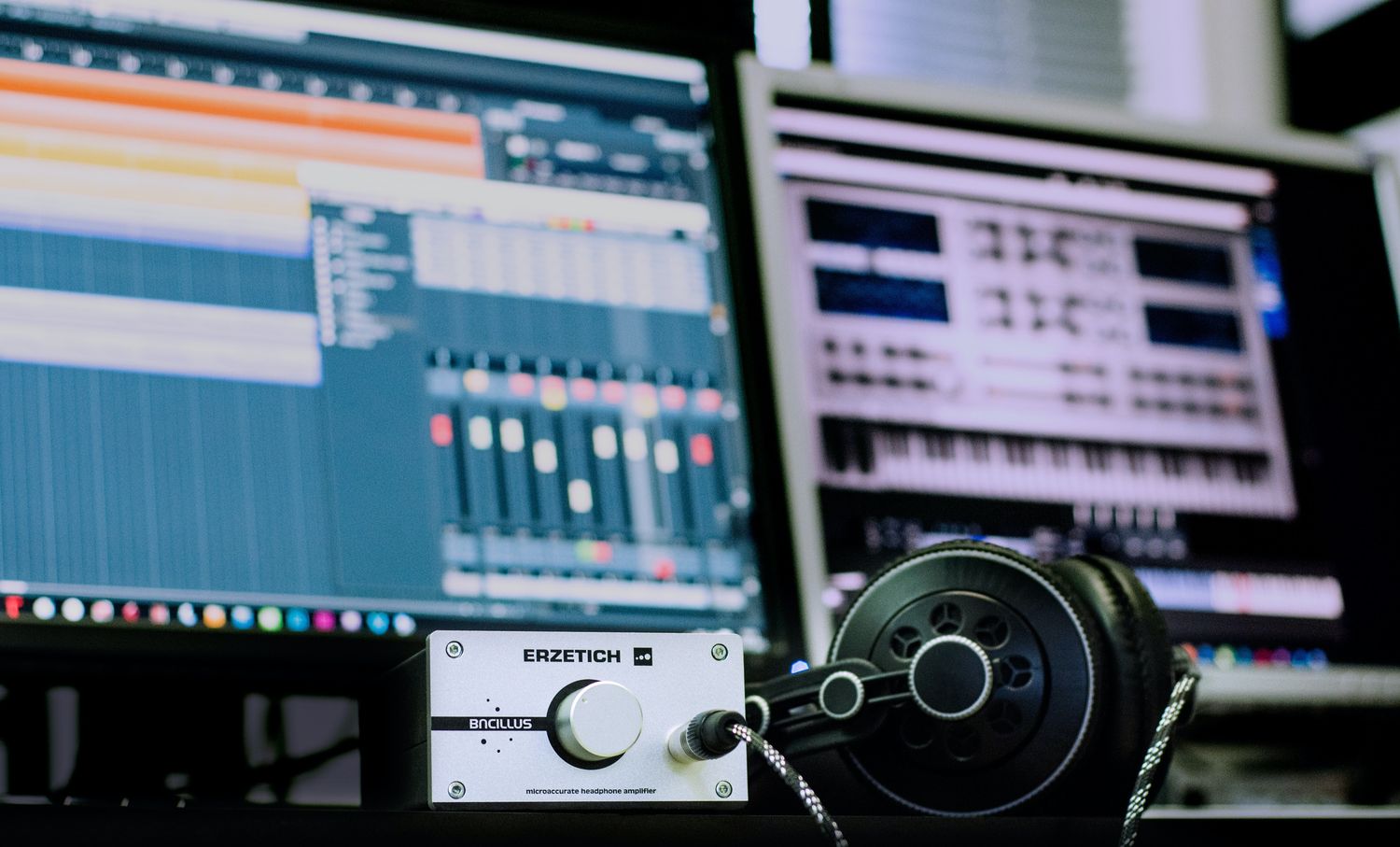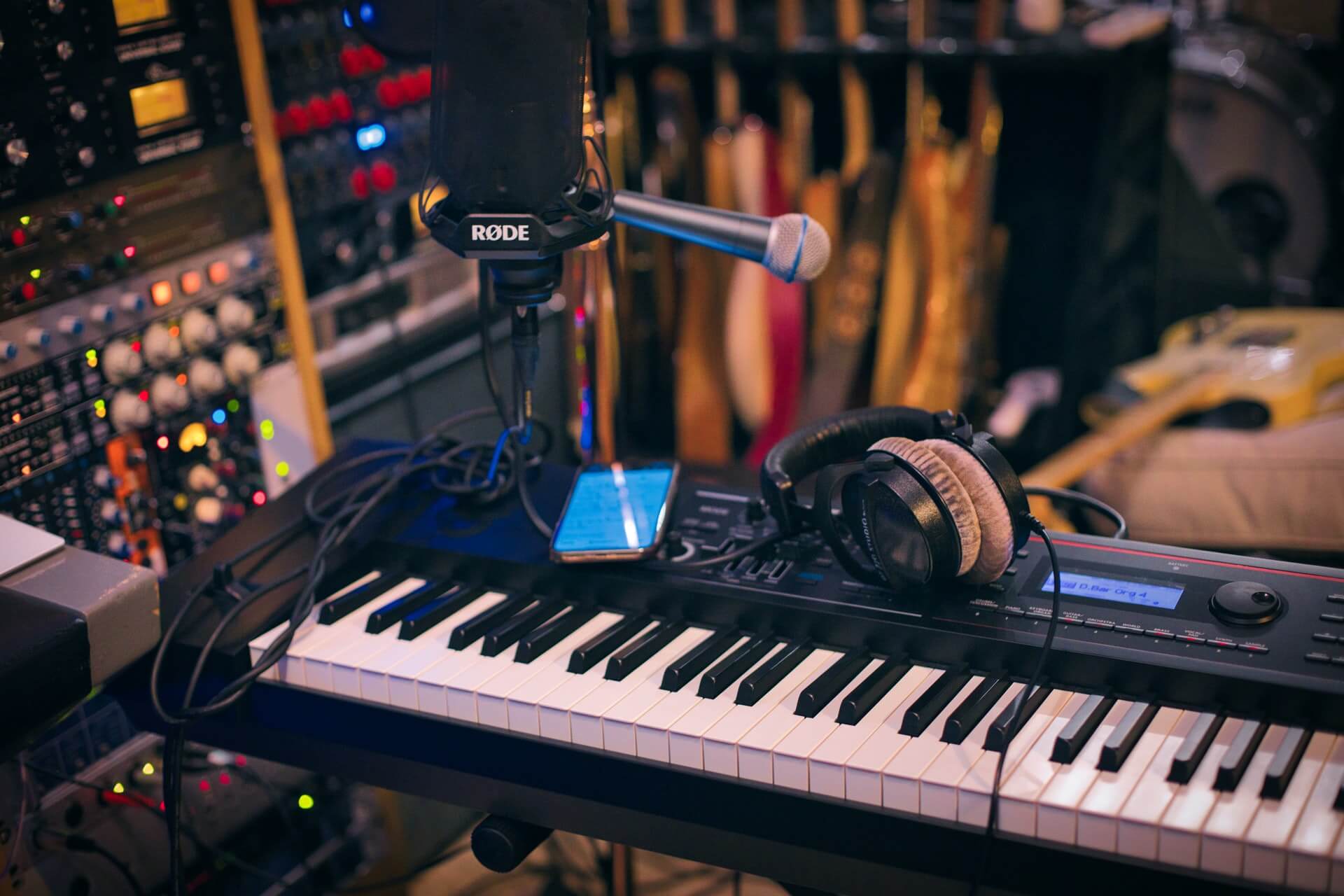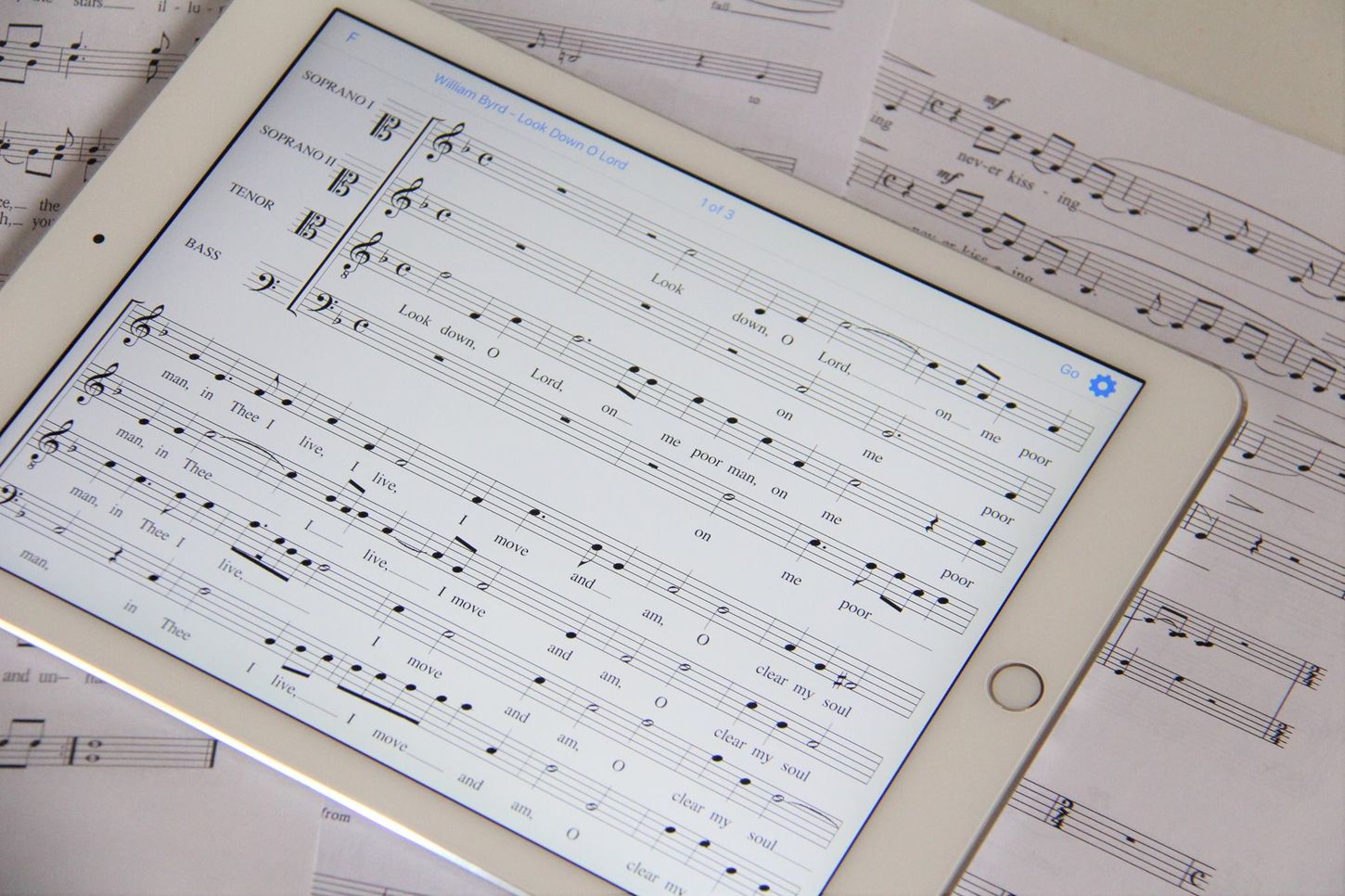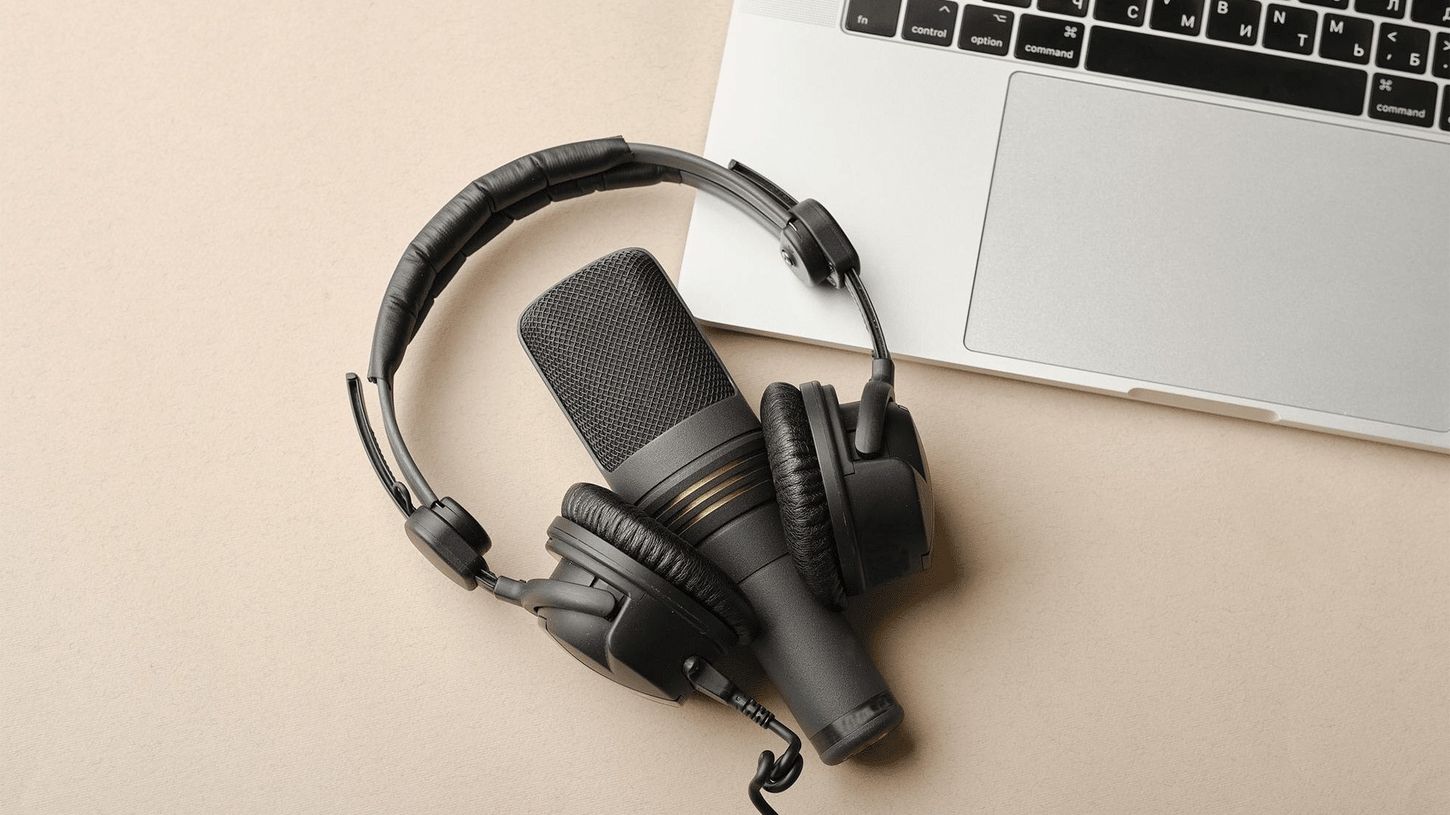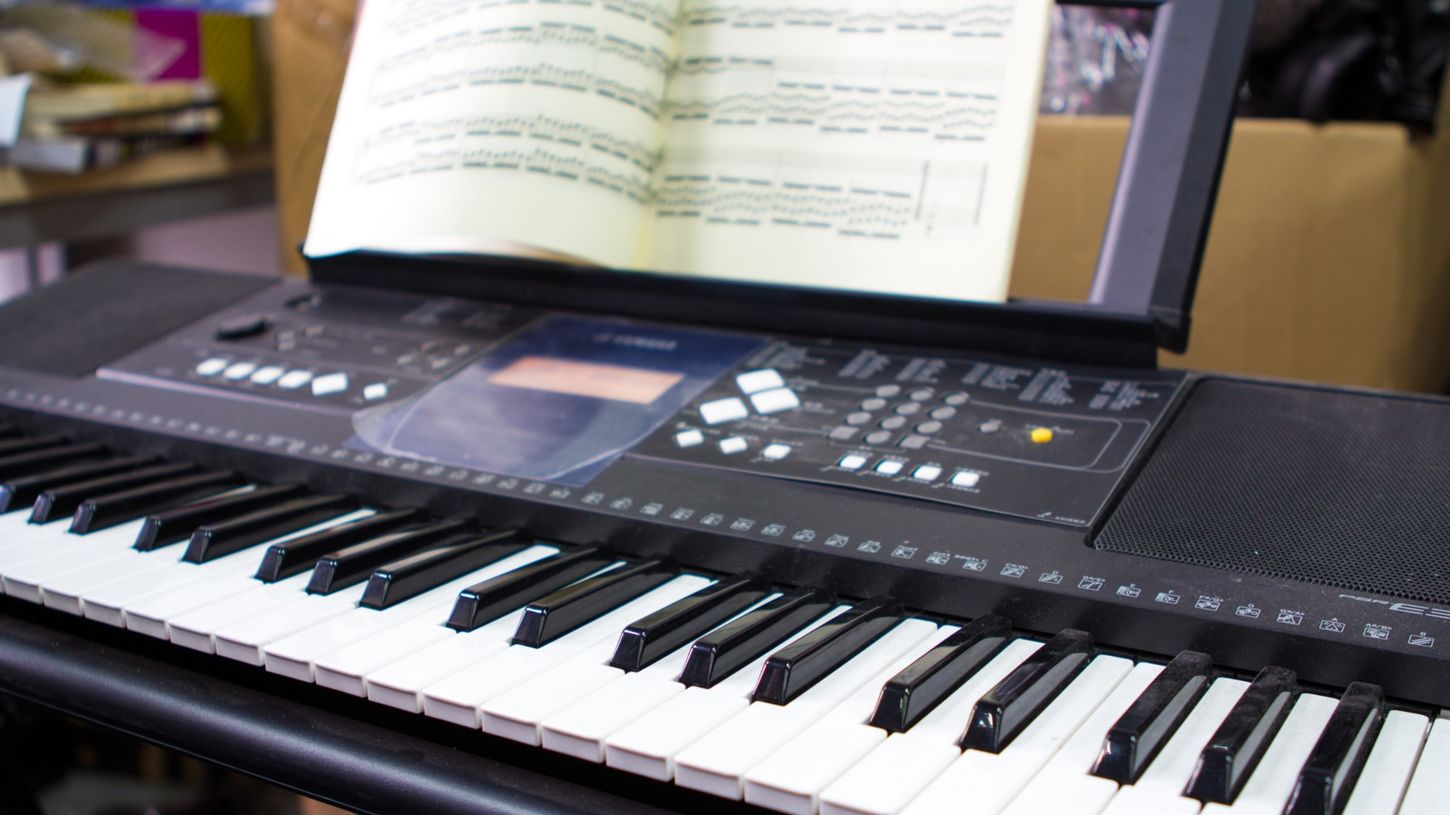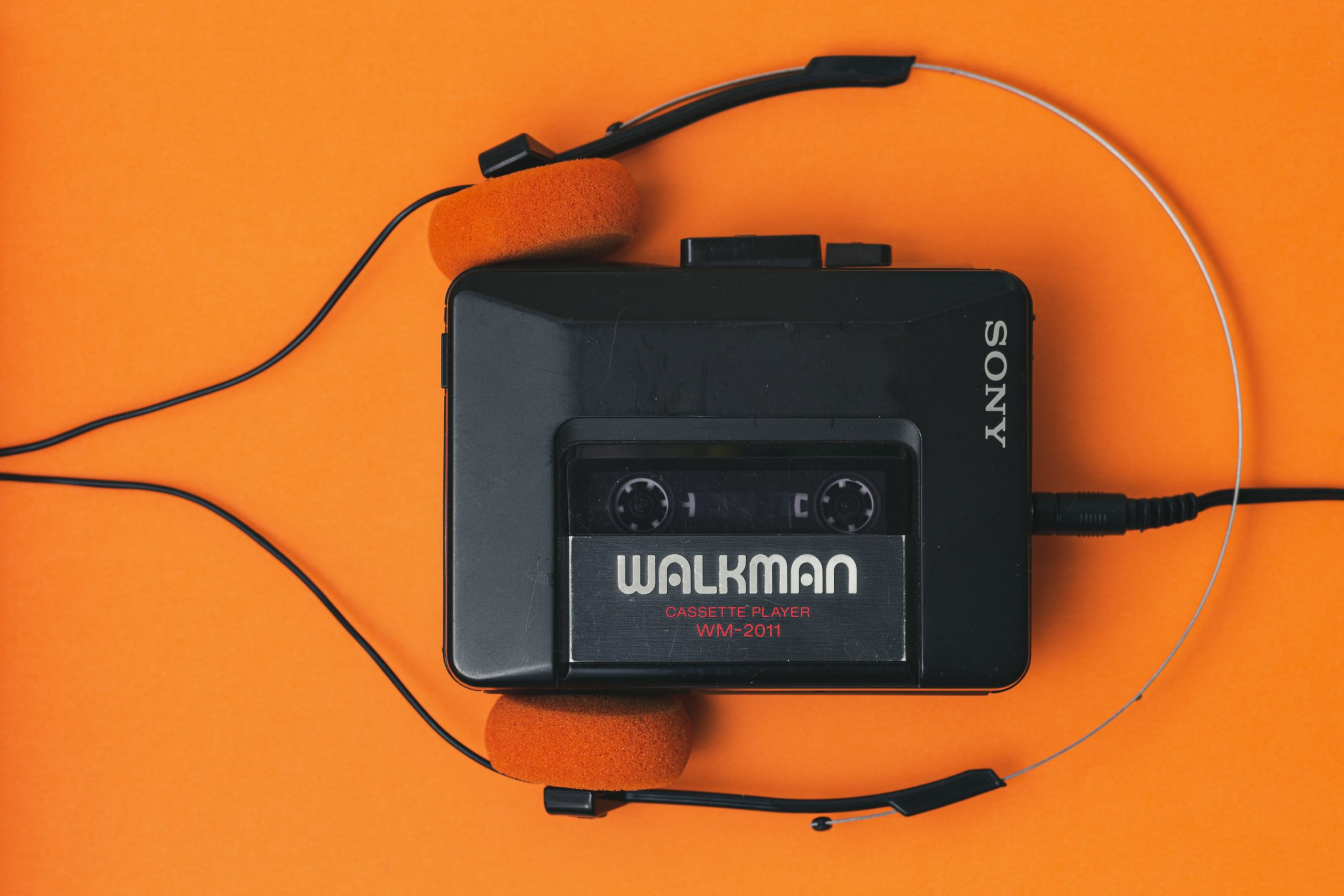Home>Production & Technology>Digital>How To Make Digital Music


Digital
How To Make Digital Music
Published: March 10, 2024
Learn how to create digital music with our comprehensive guide. Discover the tools and techniques you need to start making your own digital music today.
(Many of the links in this article redirect to a specific reviewed product. Your purchase of these products through affiliate links helps to generate commission for AudioLover.com, at no extra cost. Learn more)
Table of Contents
Introduction
Creating digital music is an exciting and rewarding endeavor that allows you to unleash your creativity and share your unique sound with the world. Whether you're a seasoned musician or a newcomer to the world of music production, diving into the realm of digital music opens up a world of possibilities. With the right tools and knowledge, you can craft professional-quality tracks from the comfort of your own home.
In this comprehensive guide, we'll explore the essential steps and techniques for making digital music. From selecting the right software to understanding the intricacies of MIDI and audio, we'll cover everything you need to know to kickstart your music production journey. Whether you dream of producing chart-topping hits, experimental soundscapes, or film scores, this guide will equip you with the fundamental skills to bring your musical vision to life.
Throughout this article, we'll delve into the intricacies of creating beats and rhythms, recording and editing instruments, and the crucial processes of mixing and mastering. These stages are vital in shaping the sonic landscape of your music, allowing you to refine and polish your tracks to perfection. Additionally, we'll explore the various methods for exporting and sharing your music, ensuring that your creations can be enjoyed by audiences far and wide.
By the end of this guide, you'll have a solid understanding of the digital music production process, empowering you to unleash your creativity and produce music that resonates with listeners. So, let's embark on this musical journey together and uncover the art and science of making digital music. Whether you're a solo artist, a band member, or a producer, this guide will serve as your roadmap to harnessing the power of digital music production.
Choosing the Right Software
Selecting the right software is a pivotal first step in your digital music production journey. The software you choose will serve as the foundation for your creative process, shaping the way you compose, arrange, and mix your music. With a myriad of options available, it's essential to consider your specific needs and preferences when evaluating different music production software.
When exploring software options, it's crucial to assess the features and capabilities that align with your musical goals. For beginners, user-friendly interfaces and intuitive workflows are paramount, facilitating a smooth learning curve and enabling you to dive into music production without feeling overwhelmed. Look for software that offers comprehensive tutorials and support resources, empowering you to grasp the essentials of music production at your own pace.
For more experienced producers, advanced features such as robust MIDI editing, flexible audio recording, and a wide array of virtual instruments and effects can elevate your creative potential. Consider the compatibility of the software with external hardware, as seamless integration with MIDI controllers, audio interfaces, and other studio equipment can streamline your workflow and enhance your production capabilities.
Furthermore, the versatility of the software is a crucial factor to ponder. Whether you're inclined towards electronic music, hip-hop, rock, or orchestral compositions, ensuring that the software accommodates your preferred genres and production techniques is essential. Look for software that offers a diverse range of sound libraries, virtual instruments, and audio effects to cater to your specific musical endeavors.
Budget considerations also play a significant role in the software selection process. While some professional-grade software may come with a higher price tag, there are also budget-friendly options that provide robust features for aspiring producers. It's worthwhile to explore trial versions or free software to gain hands-on experience and determine which platform resonates with your creative workflow and musical vision.
Ultimately, the right software for you is one that seamlessly integrates with your creative process, empowers you to explore new sonic territories, and facilitates the realization of your musical aspirations. By carefully evaluating the features, usability, compatibility, and affordability of different software options, you can make an informed decision that propels your digital music production journey to new heights.
Understanding MIDI and Audio
In the realm of digital music production, understanding the fundamental concepts of MIDI and audio is paramount to harnessing the full potential of your creative endeavors. MIDI, which stands for Musical Instrument Digital Interface, serves as a universal language for communicating musical ideas and instructions between electronic instruments, computers, and software. On the other hand, audio represents the sonic essence of your music, capturing the nuances of instruments, vocals, and soundscapes in a tangible form.
MIDI: The Language of Musical Expression
MIDI revolutionized the landscape of music production by enabling seamless communication between electronic instruments and digital platforms. Unlike audio signals, which capture the actual sound produced by instruments, MIDI data consists of instructions that govern musical parameters such as note pitches, durations, velocities, and control changes. This digital representation of musical information empowers producers to manipulate and refine musical elements with precision, opening up a world of creative possibilities.
One of the key advantages of MIDI is its non-destructive nature, allowing producers to edit and rearrange musical data without compromising the original performance. This flexibility is particularly valuable when refining compositions, experimenting with different arrangements, and fine-tuning musical nuances. Additionally, MIDI facilitates the integration of virtual instruments and synthesizers, enabling producers to access a vast array of sounds and textures to enrich their musical productions.
Audio: Capturing the Essence of Sound
While MIDI governs the digital instructions for musical expression, audio represents the tangible manifestation of sound. Whether it's the resonant strum of a guitar, the ethereal timbre of a vocal performance, or the dynamic interplay of a full band, audio recordings encapsulate the sonic essence of musical performances. In the realm of digital music production, capturing high-quality audio is essential for conveying the emotive depth and authenticity of musical compositions.
Recording and editing audio involves capturing performances using microphones, direct inputs, and other audio capture devices, and subsequently refining the recorded material to achieve optimal sonic fidelity. This process encompasses techniques such as comping, editing, and applying audio effects to enhance the tonal characteristics and spatial dynamics of recorded performances. By mastering the art of audio recording and editing, producers can elevate the sonic impact of their music and imbue it with a captivating sonic identity.
Harmonizing MIDI and Audio
In the digital music production landscape, MIDI and audio harmoniously coexist, each serving distinct yet interconnected roles in the creative process. MIDI empowers producers to sculpt musical ideas with precision and flexibility, while audio recordings capture the organic nuances and emotive qualities of musical performances. Understanding the interplay between MIDI and audio equips producers with the knowledge to seamlessly integrate electronic and acoustic elements, forging a cohesive sonic tapestry that resonates with listeners.
By mastering the intricacies of MIDI and audio, producers can unlock a wealth of creative potential, sculpting compositions that transcend conventional boundaries and resonate with emotive depth. Whether it's crafting intricate electronic arrangements, capturing the raw energy of live instruments, or blending diverse sonic elements into a cohesive whole, the synergy between MIDI and audio forms the bedrock of compelling and evocative musical productions.
Creating Beats and Rhythms
Creating beats and rhythms is a cornerstone of digital music production, serving as the rhythmic foundation that propels musical compositions forward. Whether you're crafting infectious grooves for a dance track, laying down intricate polyrhythms for an experimental piece, or sculpting dynamic drum patterns for a cinematic score, the art of beat creation is a dynamic and expressive process that shapes the sonic identity of your music.
Harnessing the Power of Drum Sequencing
Drum sequencing lies at the heart of beat creation, enabling producers to craft compelling rhythmic patterns that drive the momentum of their music. Modern music production software offers a diverse array of virtual drum machines and sample libraries, empowering producers to access an extensive palette of percussive sounds and textures. By leveraging these resources, producers can experiment with diverse drum patterns, layering intricate rhythms and percussive elements to construct dynamic and engaging beats.
Exploring Groove and Swing
Infusing your beats with groove and swing is a powerful technique that imbues your rhythms with a sense of organic fluidity and rhythmic dynamism. By manipulating the timing and velocity of individual drum hits, producers can introduce subtle variations and nuances that emulate the feel of live drumming. This approach adds depth and character to your beats, elevating them beyond rigid quantization and infusing them with a captivating sense of musicality and movement.
Embracing Sampling and Layering
Sampling and layering represent versatile approaches to beat creation, allowing producers to integrate a diverse range of sonic elements into their rhythmic tapestries. Whether it's incorporating vintage drum machine samples, capturing organic percussion recordings, or blending electronic and acoustic textures, sampling and layering offer boundless creative possibilities. By juxtaposing disparate sounds and textures, producers can craft beats that are rich in sonic depth and character, resonating with a unique and compelling sonic identity.
Sculpting Dynamic Arrangements
Crafting dynamic beat arrangements involves shaping the evolution and progression of rhythmic patterns throughout a composition. This process encompasses techniques such as building tension through evolving drum patterns, introducing impactful rhythmic variations, and creating compelling transitions between different sections of a track. By honing the art of dynamic beat arrangement, producers can infuse their compositions with a sense of narrative momentum, guiding listeners on an immersive rhythmic journey that captivates and resonates.
In essence, creating beats and rhythms is a multifaceted and expressive endeavor that empowers producers to shape the rhythmic core of their musical visions. By harnessing the power of drum sequencing, exploring groove and swing, embracing sampling and layering, and sculpting dynamic arrangements, producers can craft beats that transcend mere rhythmic accompaniment, evolving into vibrant and evocative sonic landscapes that captivate and inspire listeners.
Recording and Editing Instruments
Recording and editing instruments are pivotal stages in the digital music production process, allowing producers to capture the nuanced performances of live instruments and sculpt them into polished sonic masterpieces. Whether it's capturing the emotive resonance of a grand piano, the searing intensity of an electric guitar, or the ethereal timbre of a string ensemble, the art of recording and editing instruments is a dynamic and expressive endeavor that shapes the sonic identity of a composition.
Capturing Authentic Performances
Recording instruments involves capturing the organic essence of musical performances with precision and fidelity. This process encompasses selecting high-quality microphones, positioning them strategically to capture the optimal tonal characteristics, and leveraging acoustic spaces to imbue recordings with a sense of depth and resonance. By meticulously capturing authentic performances, producers can preserve the emotive nuances and expressive qualities of live instruments, fostering a sense of intimacy and immediacy in their music.
Refining Tonal Characteristics
Editing instruments entails refining the tonal characteristics and spatial dynamics of recorded performances to achieve optimal sonic fidelity. This involves techniques such as comping, where the best segments of multiple takes are seamlessly combined to create a cohesive performance, and applying audio effects to enhance the tonal richness and spatial depth of instrument recordings. By delicately sculpting the sonic attributes of recorded instruments, producers can imbue their music with a captivating sonic identity that resonates with listeners.
Embracing Artistic Experimentation
The process of recording and editing instruments also invites producers to embrace artistic experimentation, exploring unconventional recording techniques and sonic manipulation to push the boundaries of sonic expression. Whether it's capturing the resonant reverberations of a performance in a unique acoustic environment, experimenting with unconventional microphone placements, or applying innovative processing techniques, embracing artistic experimentation empowers producers to imbue their music with a sense of sonic innovation and individuality.
Fostering Collaborative Dynamics
Recording and editing instruments also foster collaborative dynamics between producers and instrumentalists, creating an environment where creative ideas are exchanged, refined, and brought to fruition. By fostering open communication and mutual respect, producers can cultivate an environment where instrumentalists feel empowered to contribute their unique artistic perspectives, resulting in recordings that encapsulate the collective creative energy and synergy of all involved.
In essence, recording and editing instruments are transformative stages in the digital music production process, enabling producers to capture the emotive essence of live performances and refine them into captivating sonic narratives. By meticulously capturing authentic performances, refining tonal characteristics, embracing artistic experimentation, and fostering collaborative dynamics, producers can craft instrument recordings that transcend mere sonic documentation, evolving into evocative and immersive musical experiences that resonate with audiences.
Mixing and Mastering
Mixing and mastering represent the transformative stages in the digital music production process, where raw recordings and instrumentations are sculpted into polished and cohesive sonic masterpieces. The art of mixing involves balancing and blending individual tracks, adjusting their tonal characteristics, spatial placement, and dynamic range to create a harmonious and immersive sonic landscape. On the other hand, mastering encompasses the final stage of sonic refinement, where the overall sonic balance, tonal consistency, and dynamic depth of a composition are meticulously fine-tuned to achieve optimal sonic fidelity and translatability across diverse playback systems.
Crafting Sonic Cohesion
Mixing serves as the canvas upon which the sonic elements of a composition are meticulously arranged and sculpted. This process involves balancing the levels of individual tracks, shaping their tonal characteristics through equalization, and applying spatial processing techniques to imbue the mix with depth and dimension. By delicately blending diverse sonic elements, such as vocals, instruments, and percussive elements, producers can craft a cohesive sonic narrative that resonates with clarity and emotive depth.
Harnessing Dynamic Processing
Dynamic processing techniques, such as compression and expansion, play a pivotal role in shaping the sonic dynamics and impact of a mix. By applying dynamic processing to individual tracks and the overall mix, producers can sculpt the transient punch, sustain, and overall dynamic balance of a composition, ensuring that it resonates with impactful energy and expressive nuance. Additionally, dynamic processing techniques facilitate the control of sonic fluctuations, enhancing the overall cohesiveness and impact of a mix.
Embracing Spatial Enhancement
Spatial enhancement techniques, including reverb, delay, and spatial panning, enrich the sonic depth and immersive quality of a mix. By strategically applying spatial processing, producers can imbue their compositions with a sense of spatial dimension, enveloping listeners in a captivating sonic environment. Furthermore, spatial enhancement techniques contribute to the sonic storytelling of a composition, guiding listeners on an evocative and immersive sonic journey.
Mastering for Sonic Fidelity
Mastering represents the final stage of sonic refinement, where the overall sonic balance, tonal consistency, and dynamic depth of a composition are meticulously fine-tuned. This process involves applying multiband compression, equalization, and limiting to achieve optimal sonic translatability across diverse playback systems. By mastering a composition, producers ensure that their music resonates with clarity, impact, and sonic fidelity, captivating listeners across various listening environments.
In essence, mixing and mastering are transformative stages that elevate raw recordings and instrumentations into polished sonic narratives. By crafting sonic cohesion, harnessing dynamic processing, embracing spatial enhancement, and mastering for sonic fidelity, producers can sculpt compositions that resonate with immersive depth, expressive nuance, and sonic impact.
Exporting and Sharing Your Music
Once you've meticulously crafted your musical compositions, the next crucial step is to prepare them for sharing with the world. Exporting and sharing your music involves transforming your sonic creations into formats that are easily distributable across various platforms and playback devices, ensuring that your music reaches audiences far and wide.
Exporting Formats and Considerations
When exporting your music, it's essential to consider the diverse array of formats and settings that cater to different distribution channels. Common export formats include WAV, AIFF, and MP3, each offering distinct advantages in terms of audio quality and file size. WAV and AIFF formats preserve high-fidelity audio, making them ideal for professional releases and distribution to streaming platforms. On the other hand, MP3 files offer a more compressed format suitable for online distribution and sharing via social media and digital platforms.
Furthermore, when exporting your music, it's crucial to consider the specific requirements of the platforms where you intend to share your compositions. Different streaming services, social media platforms, and digital distribution channels may have specific guidelines regarding file formats, bitrates, and metadata. Adhering to these specifications ensures that your music is presented in the best possible quality across diverse online platforms, maximizing its impact and reach.
Metadata and Artwork
In addition to the audio file itself, metadata and artwork play a pivotal role in presenting your music in a compelling and professional manner. Embedding metadata such as track titles, artist names, album information, and genre tags ensures that your music is accurately cataloged and presented across various playback devices and platforms. Furthermore, creating captivating artwork that visually represents your music enhances its aesthetic appeal and reinforces its identity. Whether it's album covers, promotional images, or visual assets for social media, compelling artwork enriches the presentation of your music, captivating potential listeners and conveying the essence of your sonic creations.
Distribution Channels and Promotion
Once your music is exported and meticulously prepared, it's time to explore diverse distribution channels and promotional strategies to share your compositions with the world. Whether it's releasing your music on streaming platforms, submitting it to online radio stations and playlists, or engaging with social media and digital communities, leveraging diverse distribution channels amplifies the visibility and accessibility of your music. Additionally, engaging in strategic promotional efforts, such as targeted advertising, collaborations with influencers, and engaging with your audience, fosters a vibrant and engaged community around your music, expanding its reach and impact.
In essence, exporting and sharing your music involves a meticulous and strategic approach to ensure that your sonic creations resonate with audiences across diverse platforms and channels. By carefully considering export formats, metadata, artwork, distribution channels, and promotional strategies, you can amplify the visibility and impact of your music, forging meaningful connections with listeners and sharing your creative vision with the world.


